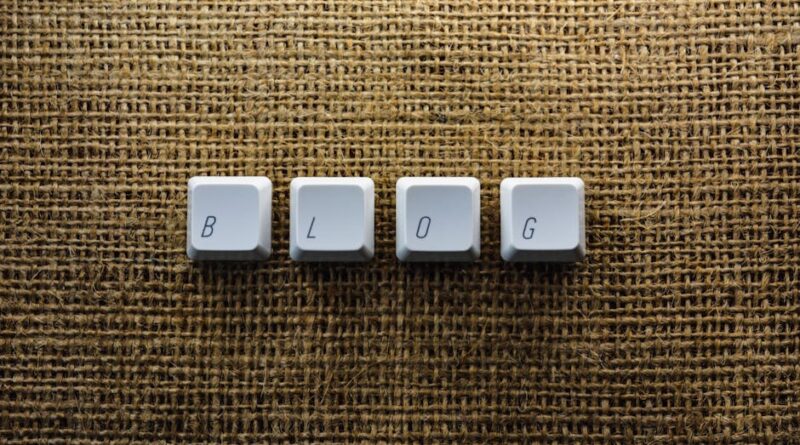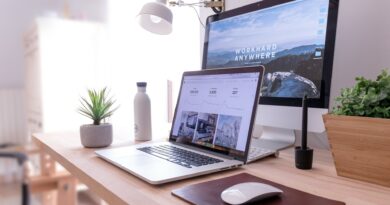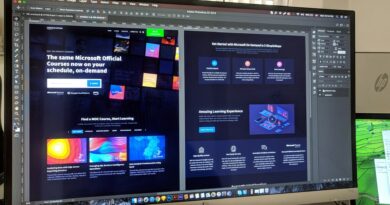How to Design a Theme for a Personal Blog
Are you looking to start a personal blog and wondering how to design a theme that reflects your personality and style? Designing a theme for your blog is crucial as it sets the tone for your content and creates a lasting impression on your readers. From choosing the right color palette to selecting the perfect fonts, every element plays a significant role in shaping the overall look and feel of your blog. In this comprehensive guide, we will walk you through the process of designing a theme for a personal blog, covering everything from layout and typography to branding and customization. So, let’s dive in and explore the fascinating world of blog theme design!
The Importance of a Well-Designed Blog Theme
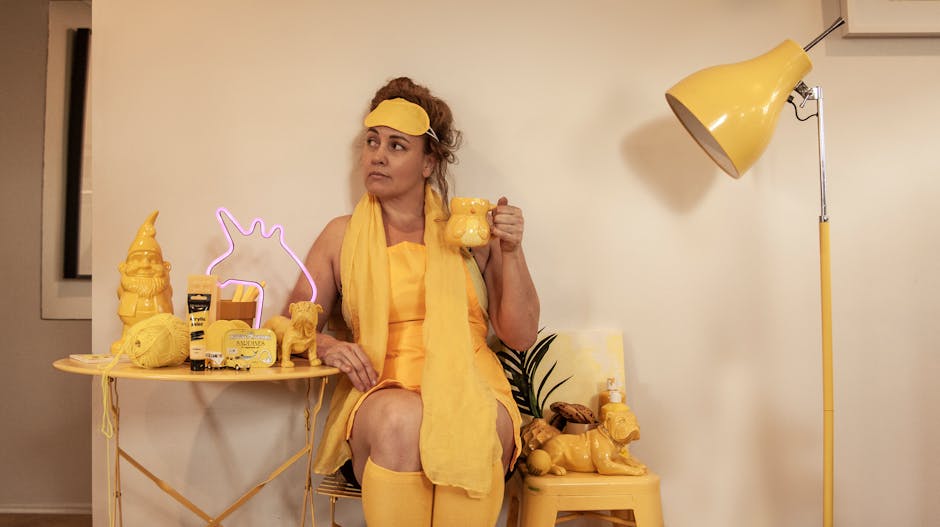
Before we delve into the nitty-gritty of designing a theme for your personal blog, let’s first understand why it is essential to have a well-designed theme. Your blog’s theme is the first thing that visitors notice when they land on your site. It sets the mood, conveys your brand’s identity, and creates a visual identity that resonates with your target audience. A well-designed theme not only enhances the user experience but also helps in building credibility and trust with your readers.
Imagine visiting a blog with a cluttered layout, poor color choices, and unreadable fonts. Would you stay on that blog for long? Probably not. A well-designed theme, on the other hand, makes your content more accessible, engaging, and memorable. It reflects your professionalism, attention to detail, and commitment to quality. In a sea of blogs, a unique and visually appealing theme can help your blog stand out and attract more readers.
Choosing the Right Color Palette
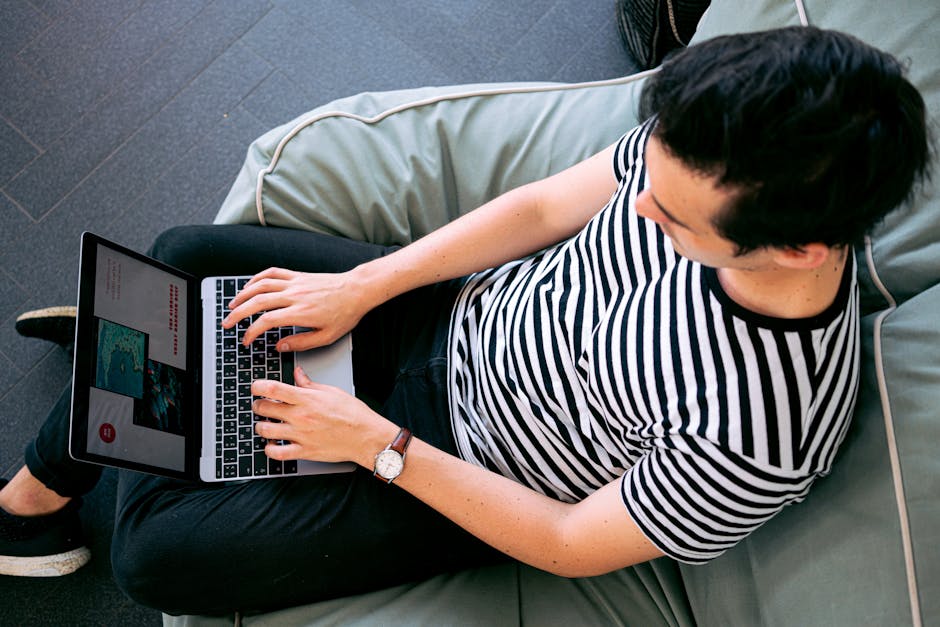
One of the most crucial aspects of designing a theme for your personal blog is selecting the right color palette. Colors evoke emotions, convey messages, and create a visual hierarchy that guides the reader’s eye. When choosing a color palette for your blog, consider your brand identity, target audience, and the mood you want to evoke.
For example, if you are running a lifestyle blog targeting young adults, you might opt for vibrant and trendy colors like teal, coral, and mustard yellow. On the other hand, if you are running a professional blog targeting corporate clients, you might choose a more subdued and sophisticated color scheme like navy blue, grey, and white.
When selecting colors for your blog theme, think about the psychology of color. Blue is often associated with trust and reliability, while red conveys passion and energy. Green symbolizes growth and harmony, while yellow represents optimism and creativity. Choose colors that align with your brand’s values and resonate with your target audience.
Typography and Readability

Typography plays a crucial role in the readability and usability of your blog. The fonts you choose should be easy to read, aesthetically pleasing, and consistent throughout your site. When selecting fonts for your blog theme, consider the following factors:
- Font Family: Choose a font family that reflects your brand’s personality. For a modern and clean look, you might opt for sans-serif fonts like Montserrat or Open Sans. For a more traditional and elegant feel, serif fonts like Times New Roman or Georgia could be a better choice.
- Font Size: Ensure that your font size is large enough to be legible on all devices. A font size of 16px is considered the standard for body text, while headings can be larger for emphasis.
- Line Spacing: Proper line spacing (leading) is essential for readability. Avoid overcrowding text and ensure there is enough space between lines to make reading comfortable.
Remember, readability is key. No matter how beautiful your design is, if your content is difficult to read, visitors will quickly lose interest and leave your site. Experiment with different font combinations and sizes to find the perfect balance between style and readability for your blog theme.
Layout and Navigation

The layout and navigation of your blog play a significant role in the user experience. A well-organized layout helps visitors find the content they are looking for quickly and easily. When designing the layout for your blog theme, consider the following elements:
- Header: Your header should include your blog’s logo, navigation menu, and search bar. It is the first thing visitors see when they land on your site, so make sure it is visually appealing and easy to navigate.
- Sidebar: The sidebar is a valuable space for displaying widgets, recent posts, social media links, and advertisements. Keep it clutter-free and organized to enhance the overall user experience.
- Content Area: Your content area is where your blog posts are displayed. Make sure it is clean, well-structured, and easy to read. Use white space effectively to give your content room to breathe.
- Footer: The footer is often overlooked but is an essential part of your blog layout. Include links to important pages, social media icons, and a brief bio to engage visitors and encourage them to explore further.
Experiment with different layout options to find the one that works best for your content and audience. Remember, simplicity is key. A cluttered layout can overwhelm visitors and distract them from your content. Focus on creating a clean and intuitive layout that enhances the user experience and keeps visitors engaged.
Branding and Customization
Branding is an integral part of designing a theme for your personal blog. Your blog’s theme should reflect your brand’s identity, values, and personality. From your logo and color palette to your typography and imagery, every element should align with your brand and create a cohesive look and feel.
Customization is another essential aspect of designing a theme for your blog. Most blogging platforms offer a range of customization options, allowing you to personalize your theme to suit your preferences. Experiment with different color schemes, fonts, layouts, and background images to create a unique and visually appealing theme for your blog.
Don’t be afraid to think outside the box and try new things. Your blog theme is an extension of your personality and creativity, so let your imagination run wild and create a theme that truly represents who you are and what you stand for.
Mobile Responsiveness and Accessibility
In today’s digital age, it is crucial to ensure that your blog theme is mobile responsive and accessible on all devices. With more and more people accessing the internet on smartphones and tablets, having a mobile-friendly theme is no longer optionalit’s a necessity.
When designing your blog theme, make sure it is responsive and adapts to different screen sizes seamlessly. Test your theme on various devices to ensure that it looks and functions correctly on desktops, laptops, tablets, and smartphones. Pay attention to elements like font size, image scaling, and navigation to provide a consistent and user-friendly experience across all devices.
Accessibility is another important consideration when designing a theme for your blog. Ensure that your theme is accessible to all users, including those with disabilities. Use alt text for images, provide keyboard navigation options, and ensure that your content is easily readable for people with visual impairments. By making your blog theme accessible, you can reach a broader audience and make your content more inclusive and engaging.
SEO Optimization and Performance
SEO optimization is crucial for driving traffic to your blog and improving your search engine rankings. When designing your blog theme, consider the following SEO factors:
- Meta Tags: Optimize your meta tags, including title tags, meta descriptions, and alt text for images, to improve your blog’s visibility in search engine results.
- Site Speed: Ensure that your blog loads quickly and efficiently to provide a seamless user experience. Compress images, minify CSS and JavaScript files, and use caching to improve site speed.
- Mobile Friendliness: As mentioned earlier, ensure that your blog theme is mobile responsive to cater to users on smartphones and tablets. Google prioritizes mobile-friendly websites in search results.
By optimizing your blog theme for SEO, you can attract more organic traffic and improve your visibility online. Focus on creating high-quality content, using relevant keywords, and providing a seamless user experience to enhance your blog’s performance and reach.
Common Misconceptions about Blog Theme Design
One common misconception about blog theme design is that it requires advanced technical skills. While having coding knowledge can be beneficial, many blogging platforms offer user-friendly themes and customization options that allow you to design a theme without any coding experience. With a little creativity and experimentation, you can create a stunning and professional-looking theme for your blog.
Another misconception is that you need to follow the latest design trends to create a successful blog theme. While staying up-to-date with design trends can be helpful, it is more important to create a theme that aligns with your brand’s identity and resonates with your target audience. Focus on creating a theme that is timeless, user-friendly, and reflective of your unique style and personality.
Ultimately, blog theme design is a creative process that allows you to express yourself and connect with your audience on a deeper level. Don’t be afraid to experiment, try new things, and showcase your creativity through your blog theme. Remember, your theme is the visual representation of your brand, so make it memorable, engaging, and true to who you are.
Conclusion
To wrap things up, designing a theme for a personal blog is an exciting and rewarding process that allows you to showcase your creativity, personality, and style. From choosing the right color palette and typography to customizing your layout and branding, every element plays a crucial role in shaping the overall look and feel of your blog. By focusing on user experience, mobile responsiveness, SEO optimization, and accessibility, you can create a theme that not only looks great but also attracts and engages your target audience.
Remember, your blog theme is an extension of your brand and identity, so make sure it reflects who you are and what you stand for. Experiment with different design elements, stay true to your unique style, and create a theme that resonates with your readers. By following the tips and best practices outlined in this guide, you can design a theme that sets your blog apart and leaves a lasting impression on your audience.
So, what are you waiting for? Dive into the fascinating world of blog theme design and unleash your creativity to create a theme that truly represents you and your content. Happy designing!

